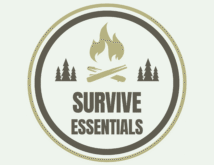
When it comes to survival, knowing how to build an emergency shelter can be the difference between life and death. Whether you’re caught in an unexpected storm, lost in the wilderness, or simply need to set up camp for the night, a well-constructed shelter can protect you from the elements and provide much-needed security. In this article, I’m going to walk you through the basics of building an emergency shelter, using natural materials and bushcraft techniques that are not only effective but also easy to learn.
Building a bushcraft wilderness shelter is an essential skill for any outdoor enthusiast, and it’s something I’ve become passionate about over the years. There’s something incredibly satisfying about using the resources around you to create a safe haven in the wild. And while the shelter itself is crucial, don’t forget to pack other essentials like the Protect Life First Aid Kit, which is a must-have in any survival situation. Let’s dive into why these shelters are so important and how you can get started building your own.
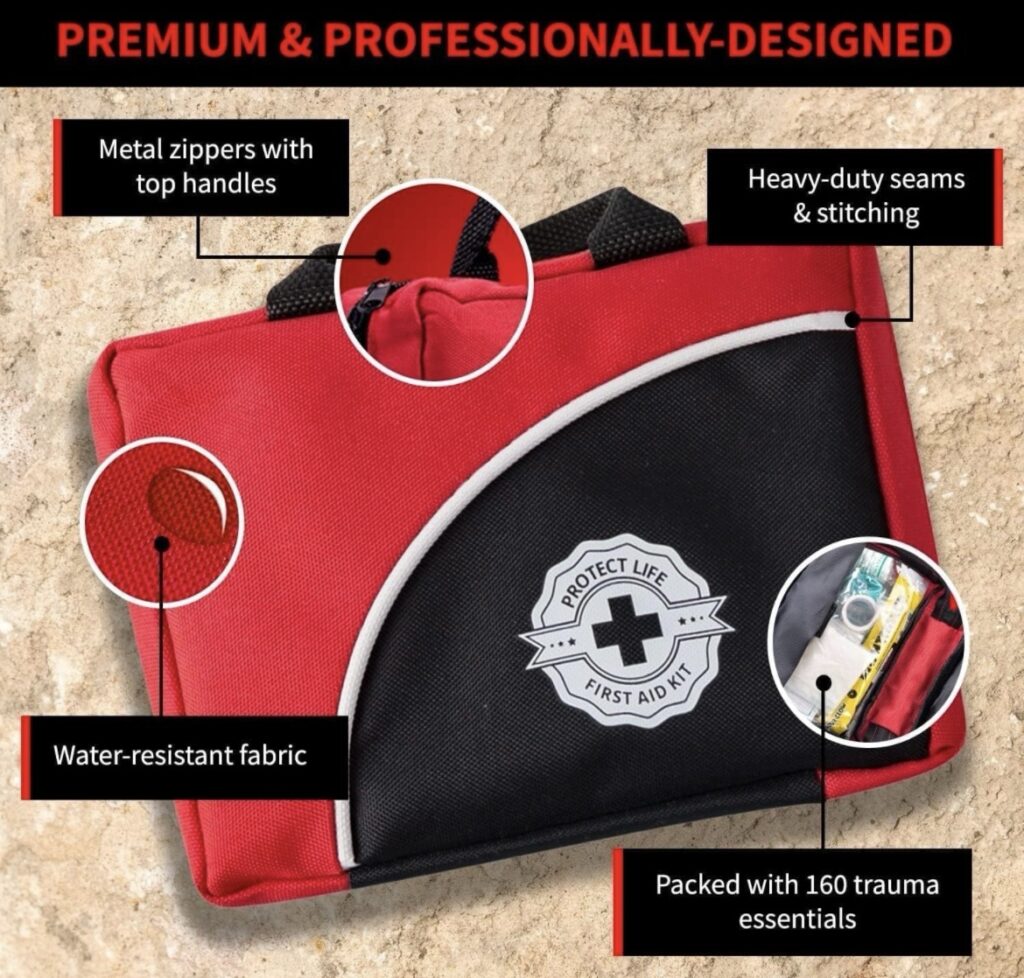
Why Emergency Shelters Are Crucial
Building an emergency shelter isn’t just about comfort—it’s about survival. When you’re out in the wild, the weather can change in an instant, and having a shelter to protect you from rain, wind, and cold is vital. A good shelter can prevent hypothermia, shield you from the elements, and even provide psychological comfort in a stressful situation.
Creating a bushcraft wilderness shelter using natural materials like branches, leaves, and stones taps into survival skills that have been honed over centuries. It’s about using what’s around you to create a safe space where you can rest and recuperate. In addition to your shelter, having a reliable Protect Life First Aid Kit ensures that you’re prepared for any injuries or health issues that might arise in the wilderness.
Moreover, it’s not just about the physical protection but also the peace of mind that comes from knowing you can create a secure environment for yourself. This peace of mind is invaluable in survival situations, where maintaining a positive mental state can be just as important as physical endurance. Understanding how to build these shelters and having the right gear, like the Protect Life First Aid Kit, can make all the difference in an emergency.
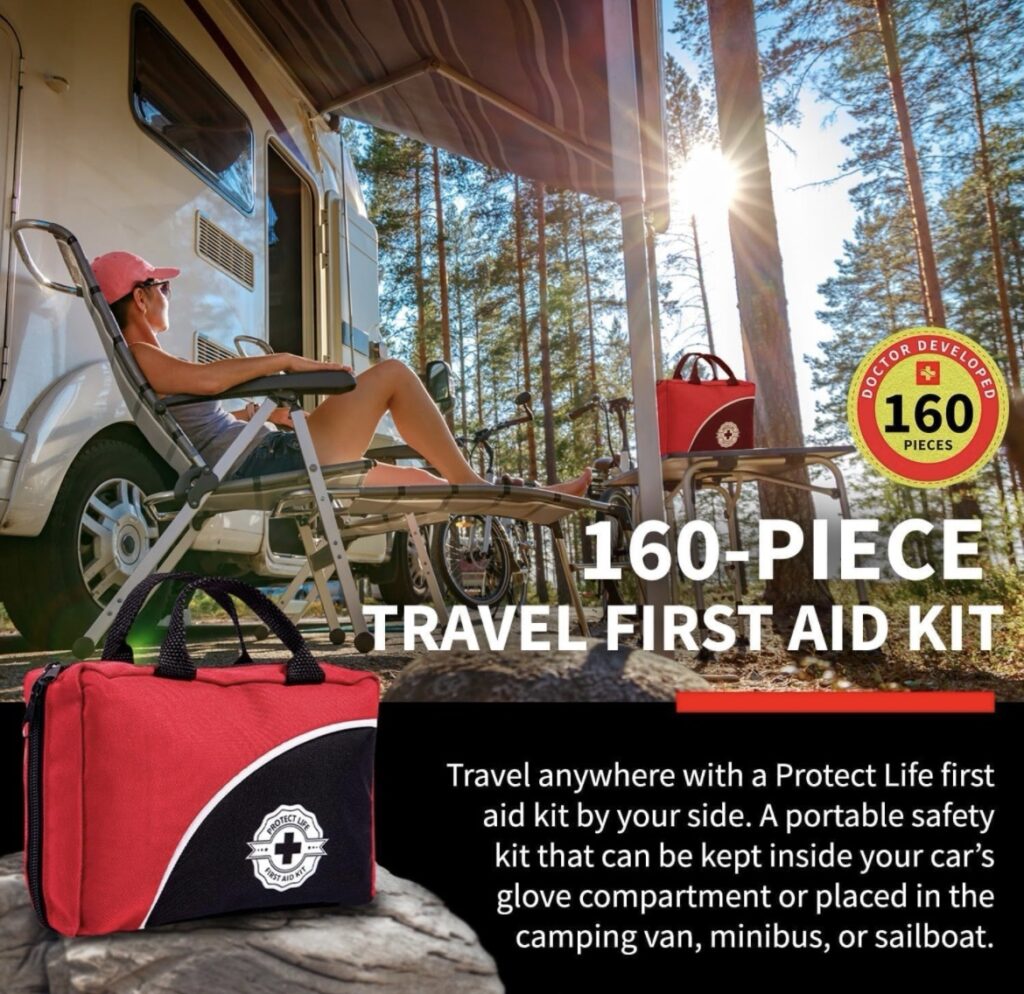
Types of Emergency Shelters Using Natural Materials
When it comes to building an emergency shelter in the wild, the type of shelter you choose depends largely on the materials available and the environment you’re in. One of the most basic and effective shelters is the lean-to. This structure is made by leaning branches against a solid base, such as a tree or a large rock, and covering them with leaves or other debris to provide insulation and protection from the elements.
Another excellent option is the debris hut. This type of bushcraft wilderness shelter involves creating a small, enclosed space using a frame of sticks and covering it with a thick layer of leaves, grass, or pine needles. The debris hut is particularly effective in cold climates, as it traps body heat and provides excellent insulation.

The A-frame shelter is another popular choice, offering stability and good protection from the wind. To build an A-frame, you simply need to create a sturdy structure using two large branches to form a triangle and then covering it with more branches, leaves, or a tarp if you have one.
When constructing any of these shelters, it’s crucial to ensure you have the right tools and materials on hand. While the natural environment provides most of what you’ll need, having a Protect Life First Aid Kit nearby is essential for dealing with any injuries that might occur during the building process. And if you’re looking to supplement your shelter with other survival gear, the best gear for outdoor adventures can make your experience more comfortable and secure.
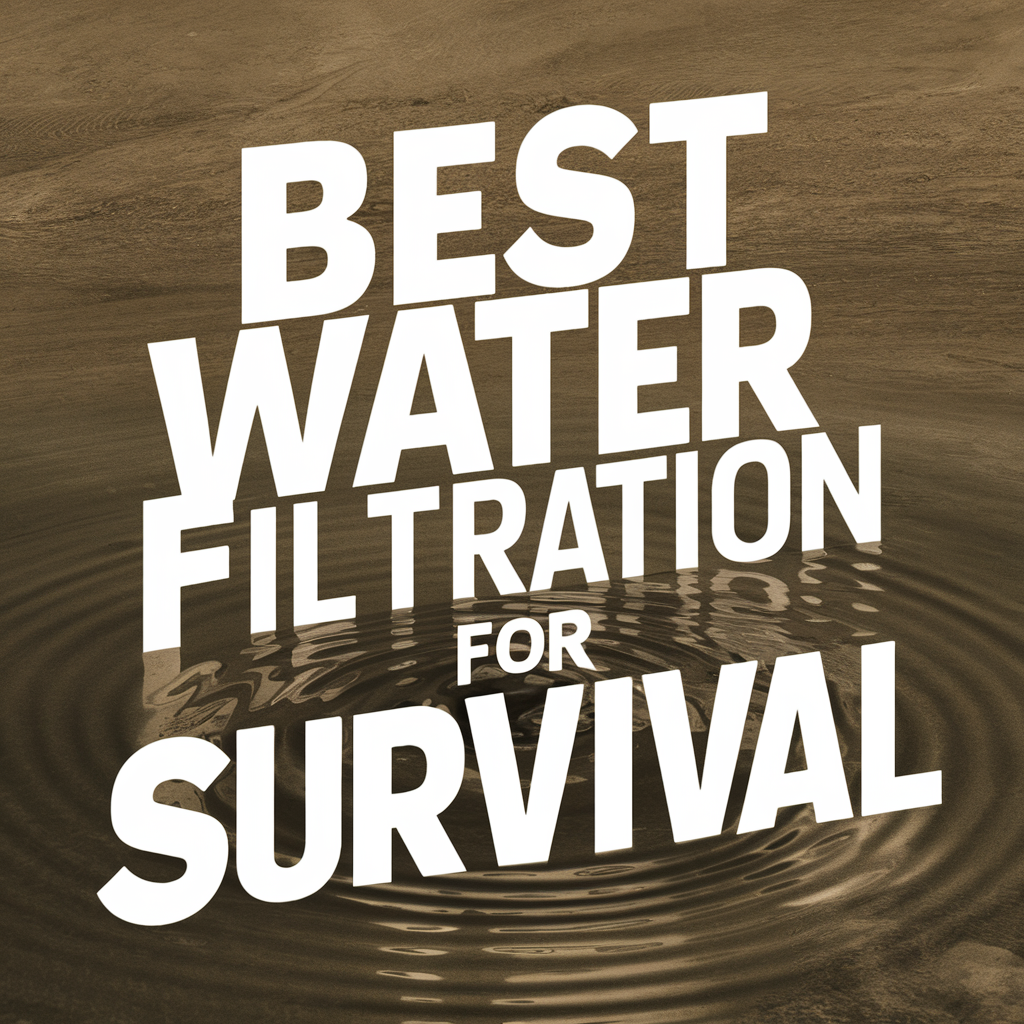
Essential Tools and Materials for Building a Bushcraft Wilderness Shelter
When you’re out in the wild, the success of your emergency shelter often depends on the tools and materials you have at your disposal. While nature provides most of what you need—branches, leaves, and stones—having a few essential tools can make the construction process much smoother and more effective.
A sturdy knife is your best friend in the wilderness. It’s indispensable for cutting branches, preparing materials, and even for basic survival tasks. Pair this with a good quality rope, and you have the makings of a reliable bushcraft wilderness shelter. A small saw or hatchet can also be incredibly useful for cutting larger branches and creating a more secure structure.
Natural materials are the backbone of your shelter. Look for sturdy branches to form the framework of your shelter, and use leaves, grass, or pine needles to provide insulation and cover. In some cases, stones can be used to weigh down materials or to build up the base of your shelter for added stability.
Don’t forget to have a Protect Life First Aid Kit on hand, as working with natural materials and tools in the wild can sometimes lead to minor injuries. This kit is small enough to carry in your pack but comprehensive enough to handle any first aid needs while you’re building your shelter.
Pro tip: Knowing how to make a good campfire is essential for survival!
And if you’re interested in more survival gear that can complement your shelter-building efforts, check out the ultimate campfire cooking kit—another essential item for any serious outdoor adventurer.

How to Choose the Right Location for Your Emergency Shelter
Selecting the perfect location for your emergency shelter is as important as the shelter itself. The first thing you need to consider is safety. Look for a spot that’s away from potential hazards like falling trees, flash flood zones, or areas frequented by large animals. Ideally, you want a flat, dry area that’s slightly elevated to avoid pooling water.
Environmental factors play a crucial role too. Consider the wind direction and sun exposure. You want to position your bushcraft wilderness shelter so it blocks prevailing winds while taking advantage of sunlight to keep you warm. Also, proximity to water is important, but you don’t want to be too close, as low-lying areas near water sources can be prone to flooding.
Remember, the right location can greatly increase the effectiveness of your shelter, making it more comfortable and secure. To further ensure your survival, consider having best water filtration tools nearby, so you can stay hydrated with clean water.

Complementing Your Shelter with Essential Survival Gear
Building a sturdy emergency shelter is only one part of the survival equation. To truly be prepared, you need to complement your shelter with other essential survival gear. First and foremost, a comprehensive Protect Life First Aid Kit should always be within reach. This kit is vital for addressing any injuries you might sustain while setting up your shelter or navigating the wilderness.
Water and food are also crucial. Having a reliable method of survival water purification ensures you can stay hydrated, while a good campfire cooking kit helps you prepare food efficiently. Additionally, a fire-starting tool is indispensable for warmth, cooking, and signaling for help.
Incorporating these items into your survival setup will enhance your shelter’s effectiveness, making sure you’re fully prepared for any situation the wild might throw at you.

Frequently Asked Questions (FAQ) About Emergency Shelters
What is the best type of emergency shelter for beginners?
A lean-to is often the easiest shelter for beginners to construct. It requires minimal materials and provides decent protection from the elements.
How do I choose the right location for my emergency shelter?
Look for a flat, dry area that is slightly elevated to avoid water pooling. Ensure it’s away from hazards like falling trees and flash flood zones.
What materials are best for building a bushcraft wilderness shelter?
Sturdy branches for the framework, with leaves, grass, or pine needles for insulation and coverage, are ideal natural materials.
What essential gear should I have alongside my emergency shelter?
A Protect Life First Aid Kit is crucial for dealing with injuries. Additionally, consider a water purification system and fire-starting tools.
Can I build an emergency shelter without any tools?
Yes, it’s possible to build a shelter using just your hands and natural materials, but having a knife, rope, and saw can make the process easier and the shelter more secure.
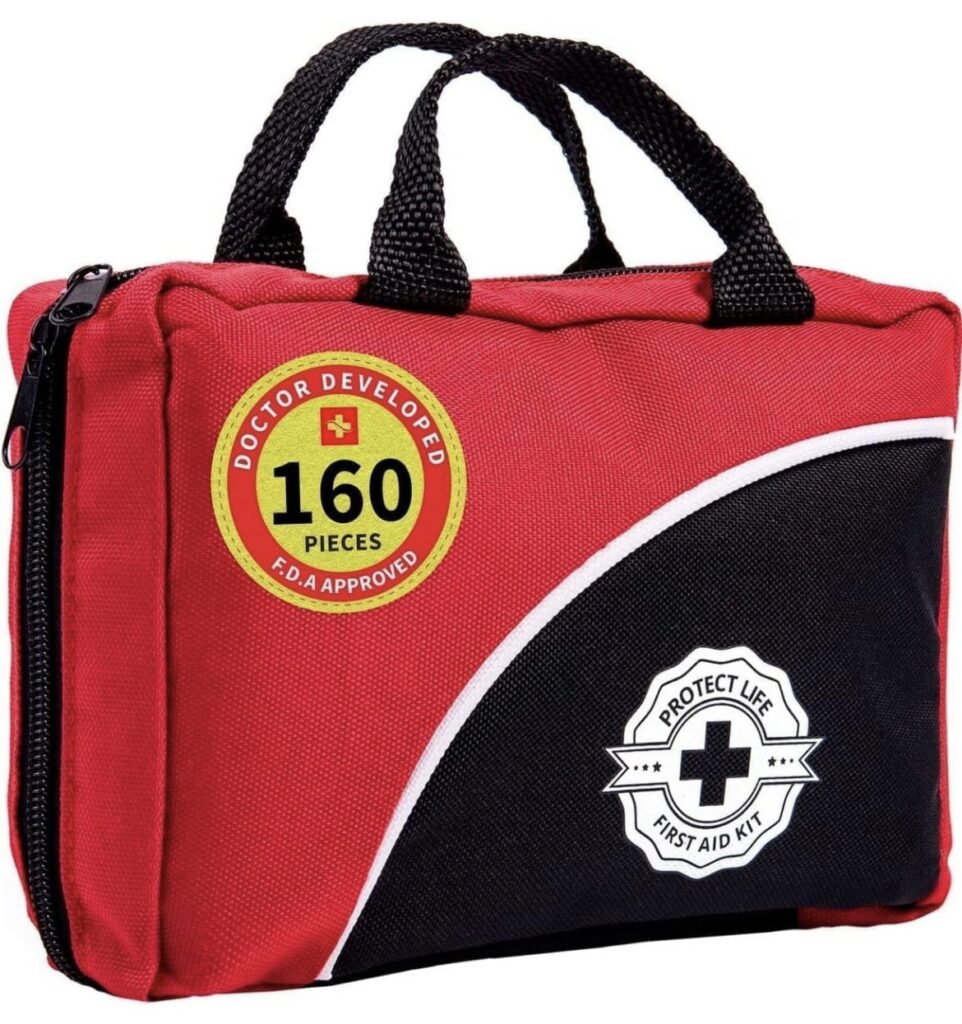
When I first set out to build my own emergency shelter, I quickly realized that while the process can seem straightforward, there are countless small details that make a big difference. I learned the importance of choosing the right location, using the best materials, and having the right tools on hand. It wasn’t just about building a structure—it was about ensuring that it could truly protect me in an emergency.
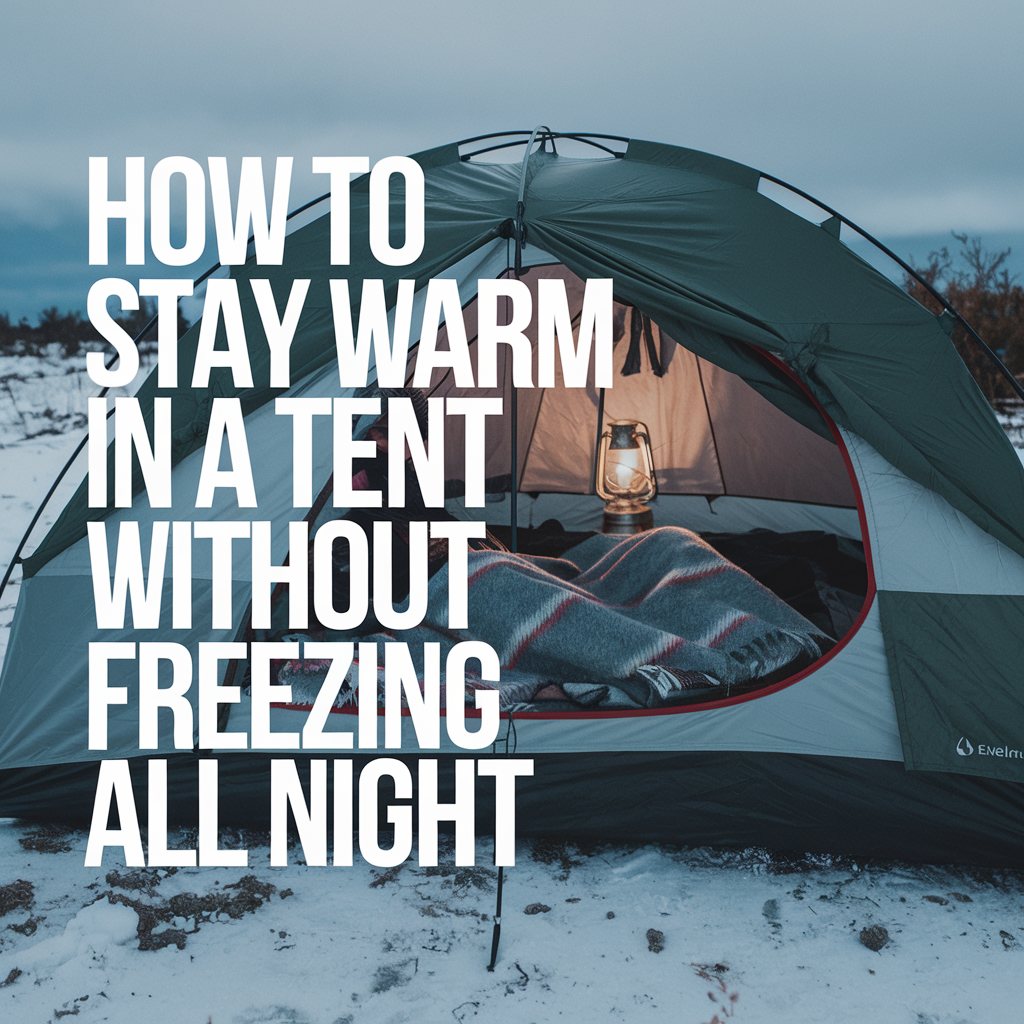
I wrote this article to share what I’ve learned with others who may find themselves in a survival situation. My hope is that by reading this, you’ll be better prepared and more confident in your ability to create a safe, effective shelter when you need it most. The techniques and tips I’ve shared are things I wish I had known when I started, and I believe they can make a real difference for anyone venturing into the wild.

As an Amazon Associate we earn from qualifying purchases through some links in our articles.
